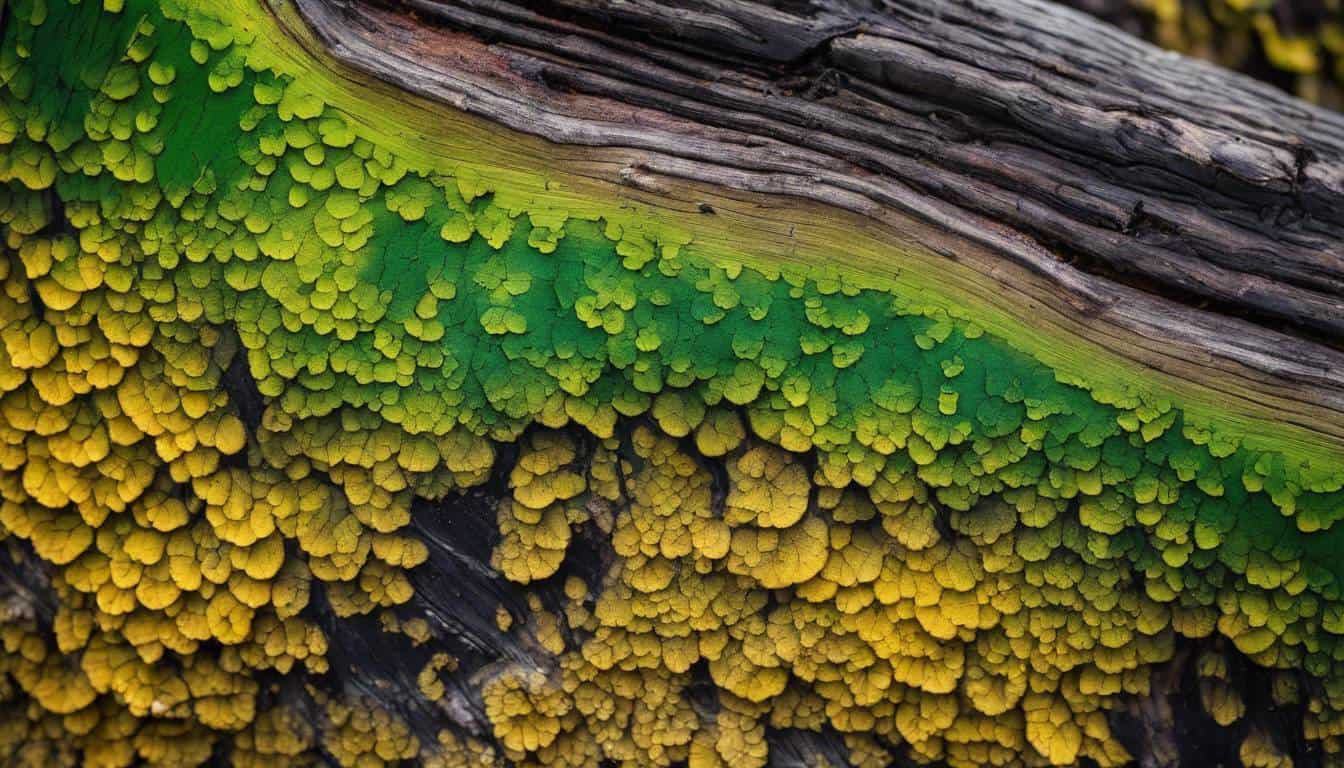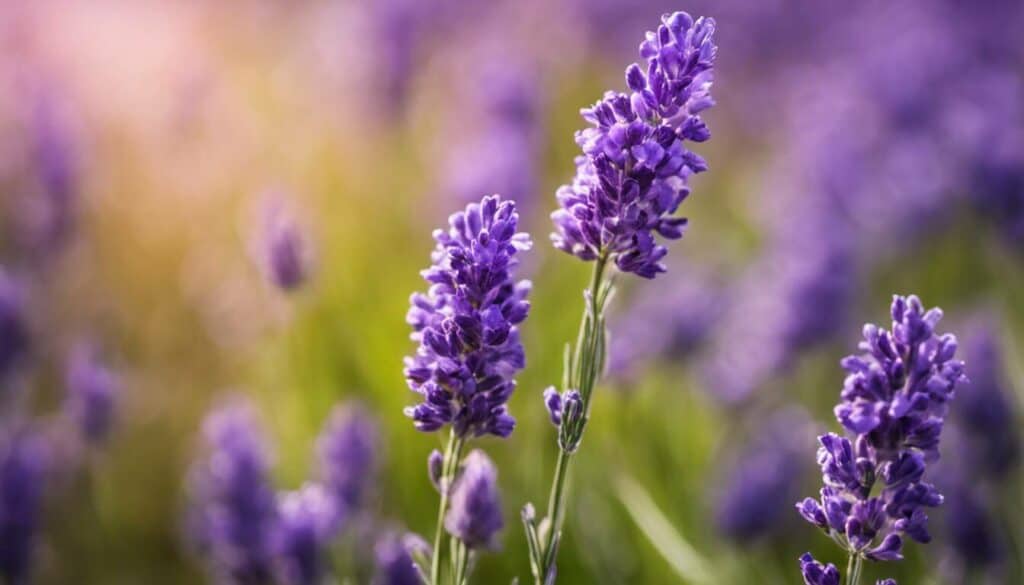I wish I knew this sooner otherwise I might have not been as sick. I discovered that molds are not all created equal; there are three main categories: allergenic, pathogenic, and toxic molds are not all created equal; there are three main categories: allergenic, pathogenic, and toxic molds. Each comes with its own risk profile – allergenic molds mostly trigger allergies and cause discomfort for those already prone to it. Pathogenic molds are more sinister, they can potentially cause disease, especially in people with a weak armor, that is, their immune system. The third category, toxic molds can pose serious health hazards due to substances they produce called mycotoxins that can trigger severe health problems. Surprisingly, not all molds wear an obvious villain’s cloak, like black mold does – some appear quite innocent and harmless like white mold. However, don’t be fooled by its colorless guise, as it’s often found indoors and thrives in damp spots out of sight. It’s dangerous too.
The different types of mold include Acremonium, Alternaria, Aspergillus, Stachybotrys (commonly known as black mold), and more. Each type has distinct appearances and potential health implications. Identifying the specific type of mold in your home can help determine whether professional intervention is necessary for safe removal.
The Various Types of Molds
Mold comes in many shapes, sizes, and colors, some of which are well-known while others remain relatively obscure. While people may understandably be concerned about all forms of mold, it’s essential to understand that not all molds are equally harmful. In fact, there are several different types of molds, each with its own characteristics and potential health impacts. Let’s explore the three main types.
Allergenic Molds
These molds can cause allergic reactions in people who are sensitive or allergic to them. When exposed to allergenic molds, individuals may experience symptoms such as sneezing, runny nose, red eyes, and skin rashes. It’s interesting to note that these reactions primarily affect people with existing allergies and generally do not pose significant risks to those without sensitivities.
Common Allergenic Molds:
- Alternaria
- Cladosporium
- Penicillium
Pathogenic Molds
Unlike allergenic molds, pathogenic molds can pose particular health risks to those with compromised immune systems or underlying medical conditions. Exposure to these molds could lead to respiratory problems, infections, and other health issues. Individuals who are recovering from surgery, undergoing chemotherapy, or living with HIV/AIDS are especially vulnerable to the effects of pathogenic molds.
Common Pathogenic Molds:
- Aspergillus
- Mucor
- Fusarium
Toxic Molds
Out of the different types of mold, toxic molds have garnered the most attention due to their potential to produce mycotoxins—hazardous substances that can cause serious health problems in both humans and animals. Stachybotrys chartarum, commonly known as black mold, is one such variety that has gained notoriety for its ability to generate mycotoxins. Exposure to toxic molds can lead to severe respiratory issues, neurological symptoms, and other significant health concerns.
Common Toxic Molds:
- Stachybotrys chartarum (Black Mold)
- Aureobasidium
- Chaetomium
Each type of mold carries its own set of unique dangers and impacts on health. Understanding these distinctions becomes critical in determining the appropriate measures for addressing mold problems.
Having explored the various types of molds and their impact on health, now let’s move on to unraveling the defining characteristics of white mold.
Main Characteristics of White Mold
White mold is a deceptive intruder, often lurking in moist environments, waiting to start trouble. This type of mold typically appears as a powdery, fluffy, or velvety growth on surfaces. It can easily blend in with the color of the affected material, making it harder to spot and address. What’s more concerning is that it has a knack for thriving on various organic materials such as food, plants, and building materials.
Not only is white mold stealthy, but it also poses significant health risks. Its presence in indoor environments can lead to respiratory issues, allergic reactions, and exacerbate asthma symptoms in individuals sensitive to mold exposure. It’s like an uninvited guest that overstays its welcome and brings undesirable effects along with it.
Imagine coming home to find an unexpected visitor who provokes discomfort and disrupts the peace of your household; that’s exactly how white mold behaves. Its unwelcome intrusion into your living space can cause a range of health problems.
To understand how detrimental this unwelcome guest can be, we must recognize its potential to impact indoor air quality. The presence of white mold can lead to indoor air quality issues and potential health hazards, putting the well-being of you and your family at risk.
So, taking action to identify and address white mold promptly is crucial. Its spores are easily spread, creating further health risks for those exposed to it.
Recognizing the grave implications of white mold underscores the importance of understanding the risk factors associated with different types of molds. Now, let’s delve deeper into one of the most notorious types—black mold.
Understanding Black Mold
Black mold, scientifically known as Stachybotrys chartarum, is a formidable foe in the world of mold. This toxic mold thrives in environments with excessive moisture, often making it a challenge to detect and eliminate. Its appearance is dark greenish-black, and the potential consequences of exposure to this mold can be severe.
Exposure to black mold can result in a wide range of health issues. From severe respiratory problems to debilitating headaches and even neurological problems, the impact of black mold on human health is not to be underestimated. Scientific studies have linked exposure to black mold with chronic sinusitis, asthma, and various other respiratory conditions.
Furthermore, the presence of black mold in indoor environments has been associated with an increased risk of developing respiratory infections and exacerbating existing respiratory conditions.
Consider this scenario: A family moves into a new home that seemed perfect in every way. However, over time, they start experiencing unexplained health issues such as coughing, sneezing, and persistent headaches. After further investigation, it’s discovered that black mold has been growing undetected behind their walls, causing these health problems. This illustrates the serious impact that exposure to black mold can have on individuals and families.
In many ways, dealing with black mold is like facing a silent invader; it quietly lurks in damp corners and unseen areas, waiting for the right conditions to flourish and cause harm. The effects of prolonged exposure to this stealthy adversary can be insidious, gradually compromising one’s well-being without obvious symptoms until it’s too late.
Due to its potentially detrimental impact on health, prompt and thorough removal of black mold is crucial. The risks it poses cannot be overstated, and safeguarding the health of yourself and your family should be a top priority when dealing with this type of mold. Therefore, if black mold is discovered in your home or any indoor environment, professional intervention for its complete removal is strongly advised.
It’s clear that understanding the consequences of exposure to black mold underscores the necessity for prompt and thorough removal to mitigate potential health risks.
With a clear understanding of the potential health risks posed by black mold, it’s important now to turn our attention to where these harmful molds commonly lurk—let’s explore the common habitats of molds.
Common Habitats of Molds
Mold spores are omnipresent, ready to settle and start growing in the right conditions. These conditions often involve moisture and moderate temperatures, making certain areas of our homes particularly vulnerable. Let’s take a closer look at where molds love to set up camp.
Basements
Basements are the perfect environment for mold growth. An estimated 60% of basements have mold due to high humidity levels, making it crucial to monitor this space regularly. Moisture can build up because basements are usually cooler than the rest of the house and cold air can’t hold as much moisture as warm air.
Moisture from the ground outside can seep into your basement, especially during rainy seasons. This water can contribute to high humidity levels and dampness, creating the ideal breeding ground for mold. If you’ve noticed a musty smell or if your basement feels damp, it’s time to investigate for any signs of mold growth.
Bathrooms
Bathrooms are another prime location for mold to flourish, with around 70% of bathrooms experiencing mold growth due to moisture from showers and sinks. Water vapor tends to linger in the air after hot showers, and when it comes into contact with cool surfaces like walls and countertops, it can form condensation. This lingering dampness provides the perfect breeding ground for molds.
Regularly cleaning your bathroom and ensuring proper ventilation can help mitigate these heightened humidity and moisture levels. Pay special attention to corners, grout lines, and silicone seals around tubs and sinks as these are common areas for mold growth.
Kitchens
Kitchens, where delicious meals are prepared, are also susceptible to mold growth. Approximately 30% of kitchens have mold due to food and organic material residue. More than just moisture, leftover food particles create a conducive environment for mold to thrive.
To minimize the risk of mold growth in the kitchen, promptly clean up spills, crumbs, and cooking grease. Keep your kitchen well-ventilated during and after cooking. Regularly inspecting hidden areas such as under the sink or behind appliances can also help to catch any mold growth early on.
Attics
Attics, often overlooked in our day-to-day living spaces, are not immune to mold issues either. Approximately 40% of attics experience mold growth due to poor ventilation and insulation issues. Improper ventilation causes warm air from inside the home to rise into the attic where it meets cooler surfaces. This temperature difference can lead to condensation and subsequently mold growth.
Ensuring proper insulation and ventilation in your attic can help regulate temperature and reduce moisture buildup, thereby minimizing the risk of mold growth.
These key locations within a home highlight the importance of regular upkeep in maintaining a healthy living environment free from potential dangers brought about by mold growth.
Entering the realm of health consequences associated with exposure to molds offers insight into understanding their impacts on human well-being.
Health Consequences of Mold Exposure
Mold is an unwelcome houseguest that can wreak havoc not just on your walls but also on your health. When exposed to mold, it can lead to a variety of health issues, from mild annoyances to severe health problems.
Let’s start with allergenic molds. These are the most common types and are known to cause allergic reactions such as sneezing, runny nose, red eyes, and skin rashes in susceptible individuals. While these symptoms might seem minor at first, they can cause significant discomfort and disrupt daily life. Imagine dealing with constant sneezing or a runny nose every day because of mold!
Respiratory Issues
Moving on to respiratory issues – molds such as Aspergillus and Penicillium can induce asthmatic symptoms like wheezing or shortness of breath. Those with existing respiratory conditions like asthma might find their symptoms exacerbated upon exposure to mold. It’s essentially like being pestered by lingering coughs and struggling for breath even within the comfort of your own home.
But it doesn’t end there. Exposure to certain types of mold such as Stachybotrys chartarum (also known as black mold) has been linked to more severe health problems including headaches, fatigue, and even neurological issues. In extreme cases, prolonged exposure to toxic molds may lead to organ damage, posing a serious threat to overall health. This sounds scary—and it is!
And here’s the thing about mold-related health problems—sometimes they don’t go away on their own. If you’re experiencing persistent symptoms such as unexplained fatigue, headaches, or recurrent respiratory issues, it’s essential to seek medical attention promptly. Recognizing that these symptoms could be caused by mold exposure is the first step towards seeking proper treatment and ensuring your living environment is safe.
It is essential to address mold issues promptly to prevent health risks.
For instance, consider someone who excuses their frequent headaches and dizziness as just part of everyday life until they realize that their living space has a recurring mold problem which has potentially been causing these health issues.
Understanding the wide range of health consequences stemming from mold exposure highlights the necessity of proactively managing and addressing any mold issues in our living spaces for the sake of our well-being.
In order to mitigate potential health threats posed by molds, proactive measures for successful removal and prevention are vital. Let’s delve into effective strategies for battling these unwanted guests in our living spaces.
Successful Removal and Prevention of Mold
The key to effectively dealing with mold is to address its source, which often revolves around moisture and humidity. Mold thrives in moisture, making it essential to address any water leaks or dampness in your home to prevent mold from regrowing.
Identifying and Addressing Moisture Sources
Start by inspecting common moisture sources in your home, such as leaking pipes, roofs, or windows. Promptly repair any leaks and ensure proper ventilation in areas prone to moisture accumulation, like bathrooms, basements, and kitchens. Using dehumidifiers can also help to reduce excess humidity, a significant factor in mold growth.
It’s crucial to note that not all mold infestations are visible—mold can lurk behind walls, under carpets, or within air conditioning systems. Professional mold removal services can play a vital role in thoroughly identifying concealed mold sources and providing a comprehensive approach to addressing them.
The Importance of Professional Mold Remediation
Professional remediation services not only ensure thorough mold removal but also prioritize safety. They utilize advanced techniques and equipment for containment and proper disposal of mold-infested materials. Additionally, these experts have the knowledge and experience to detect underlying issues that may contribute to recurrent mold problems. Their expertise extends beyond visible infestations to target the root cause of mold growth, thus preventing re-infestation.
Regular maintenance is crucial for preventing mold re-infestations—a routine inspection can help catch early signs of mold growth before it becomes extensive. It’s an investment in the longevity of your home and the health of your family.
Expert Recommendations for a Healthy Living Environment
If you’re unsure about professional testing or removal services, seek expert recommendations from reliable sources like our website at Amazing Home Decor Co. We provide valuable insights on selecting trustworthy professionals who can assess and address your specific mold concerns. Ensuring a safe and healthy living environment is imperative, and our website offers guidance on choosing the right services for comprehensive mold testing and remediation.
By diligently addressing moisture sources, seeking professional assistance when needed, and staying proactive with regular inspections, you are not only preventing mold re-infestations but also promoting a healthy indoor environment for you and your loved ones.
Remember, you don’t have to tackle mold issues alone. Seeking professional guidance ensures thorough remediation, safeguarding your home against the potential risks associated with unchecked mold growth.
Ensuring a mold-free living space is integral to maintaining a healthy home environment. By being proactive in addressing moisture issues and seeking expert assistance when necessary, you’re taking significant steps towards safeguarding your well-being.






